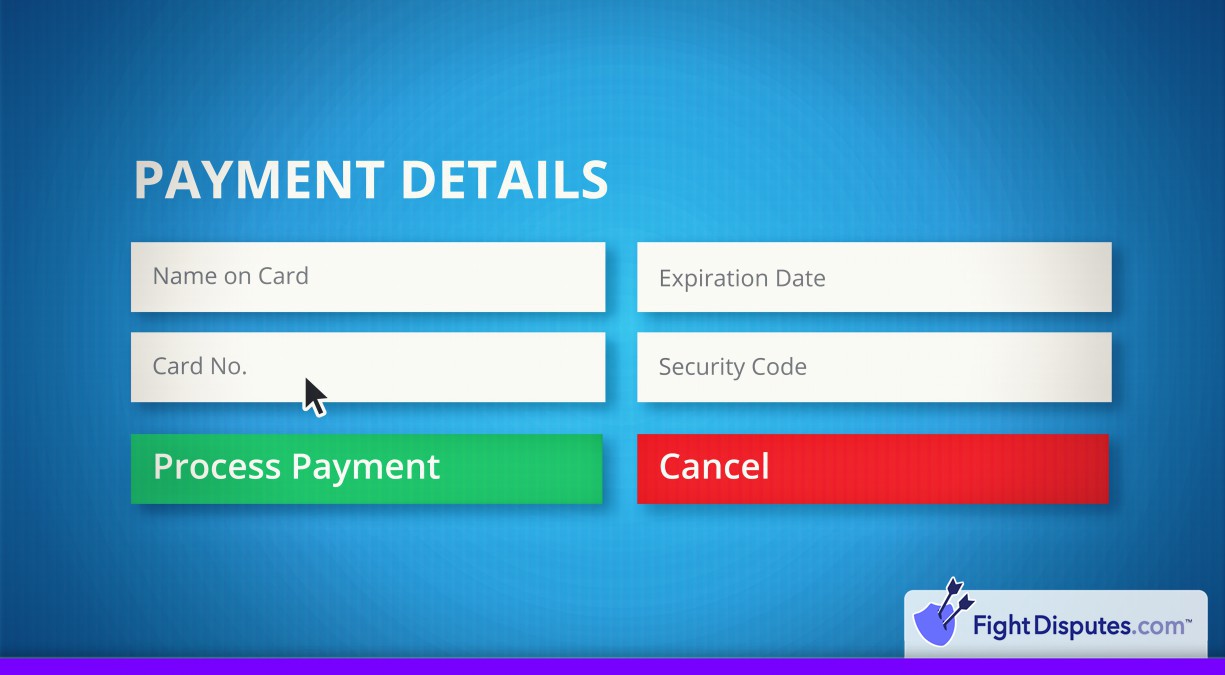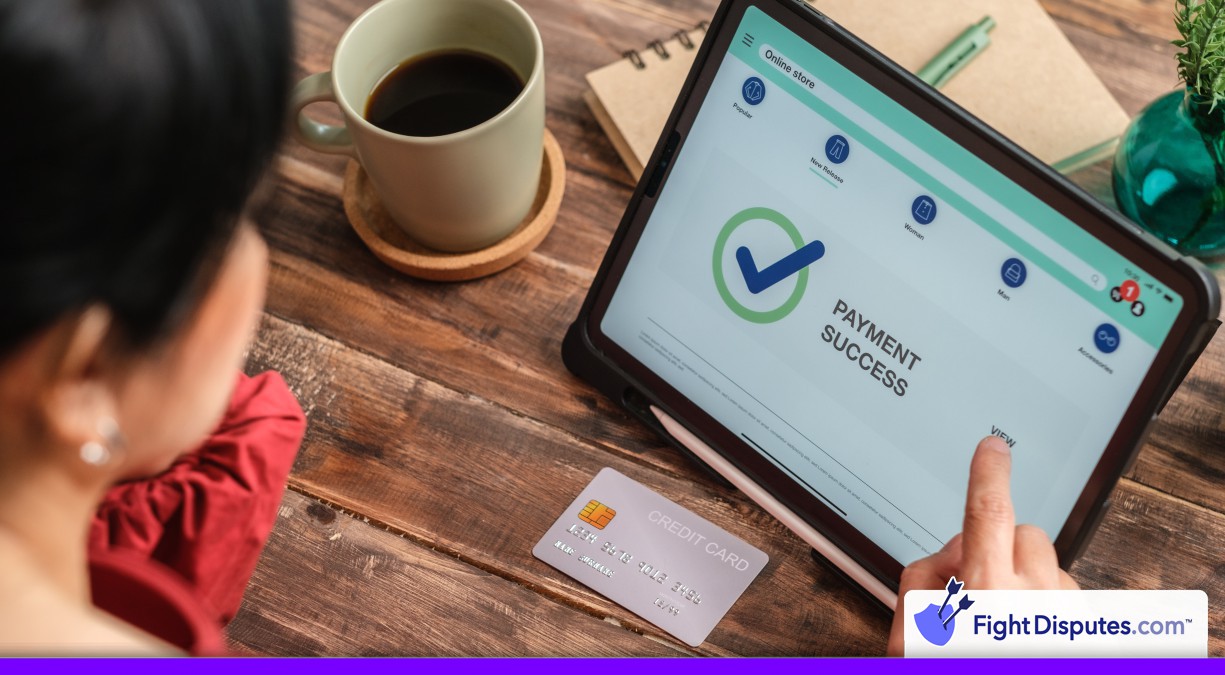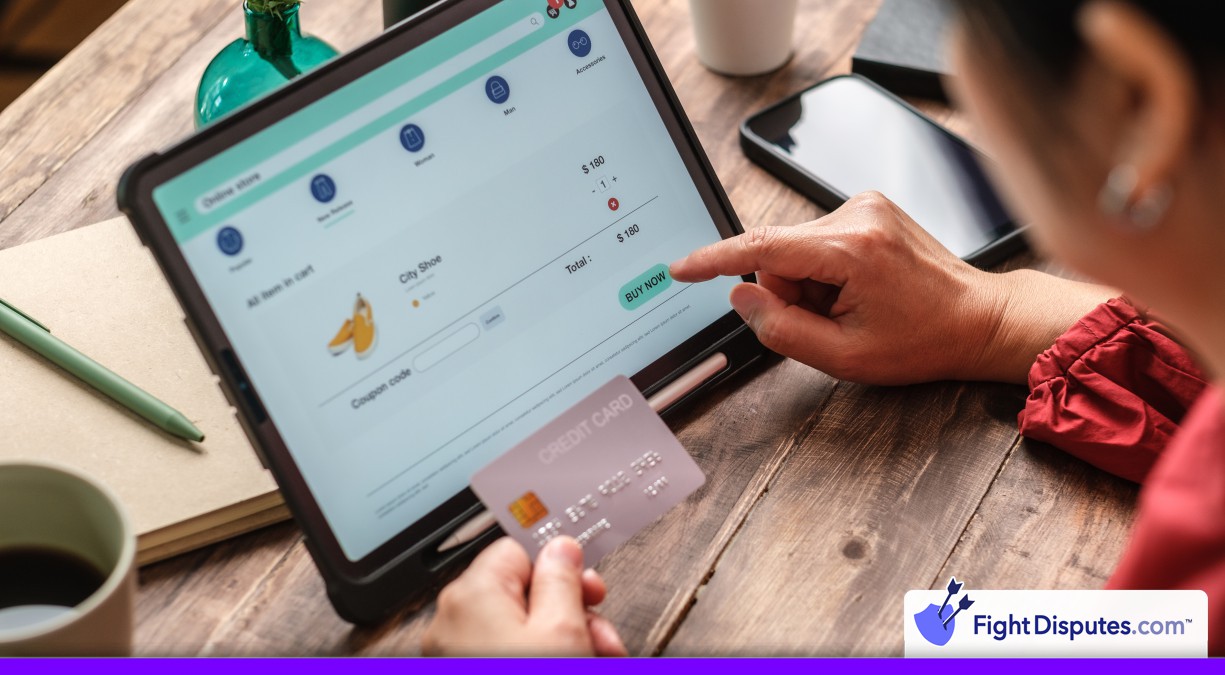What is the DAF (Digital Authentication Framework)?
Visa’s Online Authentication Framework is an authentication system that helps cut down on checkout friction for online shoppers as it keeps transactions safe – it also shifts the fraud liability from merchants over to the card networks.
Every merchant wants to make sure that the person who buys is who they claim to be. But they don’t want the checkout process to become so messy or frustrating that customers walk away. The framework tackles this problem by approving more legitimate transactions and bringing down the false declines that can pop up (even after customers have been verified). It can be very frustrating when a legitimate customer has their card turned down for no good reason. It costs you that sale and maybe even the long-term relationship. The system stops most of the unnecessary rejections and still catches those fraudulent transactions that would otherwise turn into expensive chargebacks.
The best part shows up at checkout – the framework gives returning customers a smoother experience. Once a shopper authenticates successfully for the first time, later purchases become much easier (this directly addresses one of the biggest problems in online sales – cart abandonment). Shoppers don’t want to go through extra steps every time they buy something and merchants need that protection against fraudulent chargebacks that can eat into profits (and hurt their standing with payment processors).
How It Works
The DAF process starts the second a customer makes their first buy with your business.
This first transaction has to go through the full 3D Protected authentication process. Your customers are going to need to enter their card info and then finish whatever verification steps their bank asks for.
DAF works intelligently at this stage. The system remembers the successful authentication and builds a safe profile for that particular card. The next time that same customer comes back to buy from you, DAF immediately recognizes their card info and retrieves the authentication data from their previous visit to compare it with the present transaction.
DAF looks at a few main pieces of information each time it needs to verify a payment and checks the device fingerprint to see if the browser matches the previous visits from that customer. The system also reviews the customer’s usual buying patterns and the amounts they like to spend. This happens in just a few milliseconds as your customer waits for the payment to process.
Your returning customers won’t even see that DAF is working to protect them. They just enter their saved card info and the payment goes through right then. No extra passwords or verification codes are needed on their end. Authentication still takes place but isn’t visible to them.
It makes perfect sense – you wouldn’t want to make a loyal customer prove who they are each time they want to buy something. DAF uses the existing 3D Protected infrastructure that your payment processor already has in place – it basically adds an extra layer of intelligence to find and trust your repeat customers.
How it Affects Chargeback Prevention
Every fraudulent chargeback you have to fight costs you time and money – even if you win the case. With DAF in place, most disputes never even make it to your desk. The issuer has to work directly with the authentication provider instead of putting you in the middle.
DAF also helps cut back on what’s called friendly fraud – that’s when customers claim they never placed an order they actually made. After customers authenticate themselves through DAF during checkout, it’s pretty hard for them to deny the transaction later on. They can’t say “that wasn’t me” since there’s an authentication trail that shows otherwise.
The system strikes a balance between security measures and customer experience. Adding too much friction during checkout will make customers abandon their carts before they complete the order. Adding too little protection lets fraudulent transactions slip through.
DAF also cuts down on false declines – those are situations where legitimate customers get blocked by overly aggressive fraud filters. DAF helps cut back on these mistakes so fewer angry customers call your support team and fewer unnecessary disputes come your way.
Example Scenarios
The DAF shows its value across different business models.
Take subscription services where customers pay monthly for streaming or software access. With traditional authentication, customers have to verify their identity each billing cycle – this gets annoying very fast and causes failed payments when customers just ignore those authentication requests. With DAF, the first payment still goes through the normal authentication. Customers stay happy and revenue stays steady.
Retail stores see some real benefits once this system has been active for a bit. When a customer first comes in to buy something, they’ll still have to go through the usual security checks and verification steps that everyone expects. But once the DAF framework has had some time to track their buying behavior and learn who they are, the process starts to get much smoother for everyone involved. The next time that same customer comes back to buy something else, the system already recognizes them as a legitimate shopper and knows they can be trusted. Those security popups that usually interrupt the checkout process and slow everything down basically disappear for customers who return from their usual device and location.
The framework works pretty well for marketplace sites that connect buyers with multiple sellers. Instead of separate authentication for each merchant, DAF gives everyone a unified experience across the whole platform. A customer authenticates once when they sign up and then can buy from any seller without verification again.
The system runs quietly in the background and always checks for unusual patterns and red flags that might show fraudulent activity. When legitimate customers shop normally, the technology stays out of their way and won’t slow them down or make them jump through annoying extra steps – this balance between strong security and a smooth user experience actually helps lift conversion rates.
Requirements and Timeframes
DAF became available in April 2023 for merchants in most countries around the world. The rollout has been pretty wide so far. But some big markets were left out. If your business is based in the United States, Canada, Japan or India, you can’t access the DAF benefits yet.
To get approved for DAF you have to meet a few requirements. Mastercard has some requirements for your authentication setup and you’ll need fraud rates that stay below whatever benchmarks Mastercard sets.
You have to double-check that your existing authentication setup actually matches what DAF wants. Most merchants are upgrading their systems or making little changes to their fraud-prevention tools so everything works.
Where your business operates and what kinds of payments you run also matter. Even if you’re in a country where DAF is live – not every type of transaction qualifies. Cross-border payments play by different laws than the domestic ones. The number of payments that you run each month also determines which DAF benefits you can use.
The requirements can change. Mastercard reviews its performance benchmarks, so what qualifies might look different 3 months later.
Frequently Asked Questions
How is DAF different from traditional 3D Secure?
DAF and standard 3D Protected authentication might look similar on the surface. But the differences matter for how you experience the checkout. These systems use the same basic infrastructure underneath. But DAF can add an extra layer of intelligence that makes checkout more convenient for customers who shop regularly.
The main difference between these two systems is how many times you have to prove you're actually you. Traditional 3D Protected authentication makes you verify your identity for each purchase you want to make. Every time you buy something online, you are back to square one with the whole verification process. DAF works differently and takes a more flexible strategy - it only makes you go through that verification process for your very first transaction. Once you've passed the security check, you can make all future purchases without repeating the same steps over and over.
This smoother experience happens because DAF shares more information between the different payment systems behind the scenes. The framework can better analyze risks and make better decisions about when verification is actually necessary, remembering who you are and building up trust over time after you've had that successful authentication.
The security standards don't change at all though. DAF keeps the exact same level of protection as any other system. But it removes the frustrating extra steps that bother customers - it works like the security guard at an office building - after a while they get to know the usual employees who show up every day. The first time you go through they'll ask for your ID. Once they know who you are, you can just walk right through without the extra waiting around and paperwork.
It helps everyone. Nobody likes going through the same frustrating security steps every time they want to buy something online and customers get very frustrated having to prove who they are for each purchase they make. On top of that, businesses continue missing out on sales because the checkout process takes too long and shoppers give up and abandon their carts. DAF solves these problems by being much better about which purchases actually need the extra security checks and which ones are just in the way.
Which regions currently support DAF?
The DAF framework isn't quite available everywhere yet. But you can use it across most of Europe and Latin America. A few Asia Pacific markets have also started to support it within the last few months.
The downside is that a few big markets are still left out of the DAF rollout. The United States is one of the biggest markets without support - there's no DAF available there whatsoever. Canada has the same problem, with no official launch timeline announced yet. 2 other major markets, Japan and India are also missing from the list, though that could change later. The problem is that nobody's actually giving easy answers about when these countries might finally get access, so the whole timeline for expansion stays pretty vague.
The rollout is uneven because local banks and payment providers get to choose when they start and each region has its own set of laws to follow. Some places just use new payment tech faster than others.
Processing payments internationally makes this area tougher. A transaction between 2 countries could have DAF available on one side but not on the other and this can get confusing. Your payment processor should be able to tell you in detail what works where and they usually keep their coverage lists as up to date as possible since these areas change fairly regularly.
The hard part is that even within supported regions - not every bank actually participates yet. A customer in Germany could have DAF available while their neighbor with a different bank doesn't have access at all. Cross-border payments make the situation even tougher.
What happens if a transaction doesn't meet DAF requirements?
When your transactions don't meet DAF criteria merchants face a tough situation. The main problem you'll have is losing all that liability shift protection - which means that if a fraudulent transaction slips through you're the one who gets stuck with the chargeback. The card networks won't give you that protection anymore.
Your transactions might still process without all of the DAF benefits. But everything gets frustrating from there. You'll wind up working through standard 3DS authentication each time - your customers see more authentication screens and have to take more steps to finish their orders. All that extra friction makes them just give up on buying.
The decline rates start to increase too. Banks look at non-DAF transactions with a different level of scrutiny and they're more likely to reject them - which makes sense from their perspective since these transactions carry more danger without that extra layer of verification working in the background.
You need to follow all of the DAF compliance standards to keep your benefits. Falling out of compliance means that it takes a long time to get back into the program. In the meantime you're stuck with the chargebacks that could have been avoided completely. When you lose that protection you're facing the traditional challenges of payment processing again.
Do all Visa transactions automatically qualify for DAF?
Not every transaction gets DAF benefits automatically and it can be frustrating when you were counting on the extra protection. Your business needs to meet some security benchmarks first to get these features. The card issuer working with your customer has to meet those same benchmarks too. Both sides have to be ready and set up correctly or nothing works right.
This system does have one main limitation though - it only works for card-not-present transactions. These include online purchases, phone orders and any other time when customers aren't physically swiping their cards at the counter. When you're making a normal in-person purchase at a store DAF protection just won't work. Where you are matters too. Some countries already have full support for the system across their payment networks and others are still upgrading their systems to make everything work.
You and the customer's bank need to have DAF switched on or the whole process doesn't work. Everyone has to have the same app installed and working for a video call to happen - the idea is the same here. If either side doesn't have everything set up right and the transaction just goes back to standard authentication protocols. Then you miss an opportunity to get the better protection and smoother experience that DAF usually gives.
Some transactions won't get DAF benefits even when everything else works correctly. Risky purchases still need verification regardless of what your DAF status is. Unusual spending patterns or purchases in certain product categories might also trigger more security checks. The system looks at each purchase on its own and decides how much protection that transaction needs.
Your payment processor can tell you whether you're eligible for DAF and help you get everything set up. They know the technical requirements and will take care of each step of the setup. After you're signed up they can also show which transactions will get the most out of the system.
DAF vs Mastercard's Token Authentication Framework?
DAF and TAF are strong options but they protect payments in different ways. DAF builds directly on the 3D Secure infrastructure that many merchants already know and makes integration smoother when you're sticking with existing payment systems. TAF follows a different path and places tokenization at the center of its design - works pretty well for businesses that have lots of returning customers who need a safe place to store payment details without the usual security issues.
The right framework choice can depend on what you need and how your payment setup already works. Businesses that send transactions through Visa and Mastercard at the same time find themselves using multiple authentication systems - this can add extra layers to your configuration. But it also gives you more flexibility for payments. Neither framework is better - they solve the same authentication challenges just with their own methods.
Payment authentication is changing as the card networks adjust their requirements and online sellers learn to put these systems to use. What we see with these frameworks is a big move away from those outdated methods that used to frustrate customers and hurt conversion rates. Any business owner who wants to stay competitive in the online economy needs to know how these two frameworks work. It's no longer optional if you want to stay current.
 Call (844) NO-DISPUTES
Call (844) NO-DISPUTES



